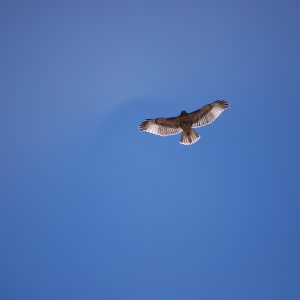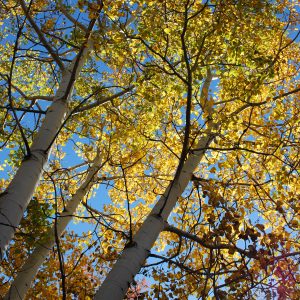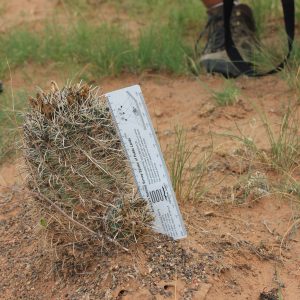Perhaps this last month of my internship has been the most productive yet least eventful- a good thing I guess! Due to the heavy monsoon rains we got this summer in the San Bernardino Mountains in southern California, our field season was slightly extended. So, I have been continuing traipsing around the forest mapping rare and endangered plant species populations even though everything around me is telling me it is fall. The most exciting thing that happened recently is that my field attire changed! Bow-hunting season started a little bit ago so now I wear a snazzy, orange, mesh vest with pockets over my already flattering Forest Service uniform and try my best not to look like a deer. 
There really is not that much to report other than I feel proud of what I have accomplished in the last couple of months. My main job has been cleaning up our geodatabase with field checks of different plant populations. The valley where I have been doing most of my work is literally coated in endangered, threatened, and rare plants. I feel very lucky to have become so familiar with these little guys that not many people get to see let alone even know exist. A few things I have learned recently are that rare plants don’t always grow in convenient places, I am in love with an endangered buckwheat, and a forest is a delightful office 🙂. I can’t imagine an office job after this dream job!
In addition to my field mapping, I have continued work on my wildflower book of the San Bernardino Mountains. I am a little over half way done so I will have to really kick it into gear to finish by the end of October (the end of my internship). But luckily, the plants and the weather are getting crispy and it’s almost time to come indoors to do some office work.
One last thing I’ve been up to is occasionally working and volunteering with the restoration crew on the Forest. Last Saturday was National Public Lands Day and we had over one hundred volunteers show up to an Off Highway Vehicle (OHV) staging area in the transition zone above the Mojave. We planted various natives propagated in our greenhouse here at the station and restored an area that was becoming subject to severe erosion due to unauthorized vehicle use. The transplants we put out usually have about an 80% success rate. What I thought most remarkable about the day was the tremendous turnout from all walks of life. We had four year olds, eighty year olds, OHV jeep dudes, my mom, college kids, boy scouts, and our regular adult and children volunteers all working together to rehabilitate the landscape. It was a great example of how government agencies and the public actually CAN work together in a productive manner!

Me and my mom planting some Artemisia tridentata at the National Public Lands Day restoration event!
Until next time,
Lizzy Eichorn, San Bernardino National Forest
















